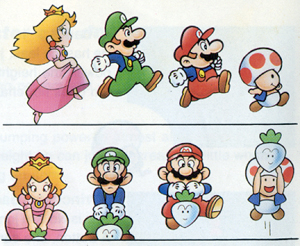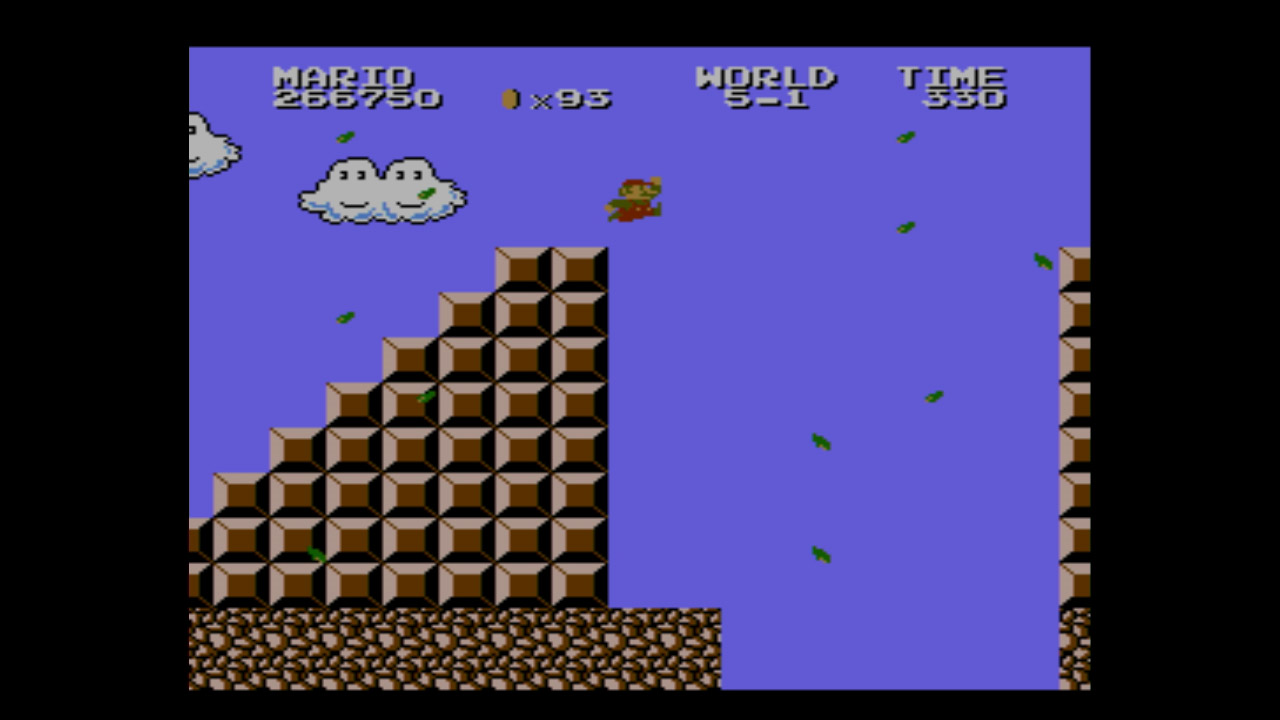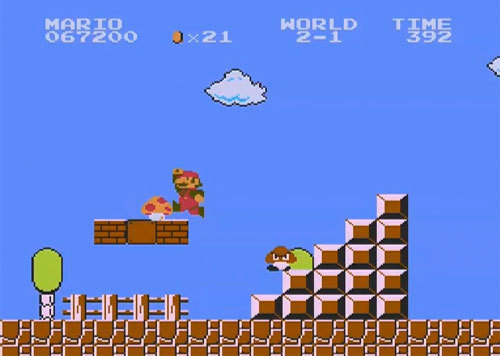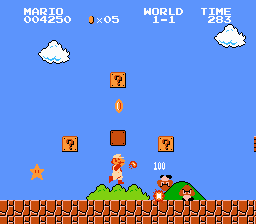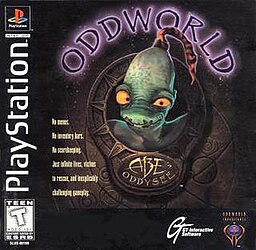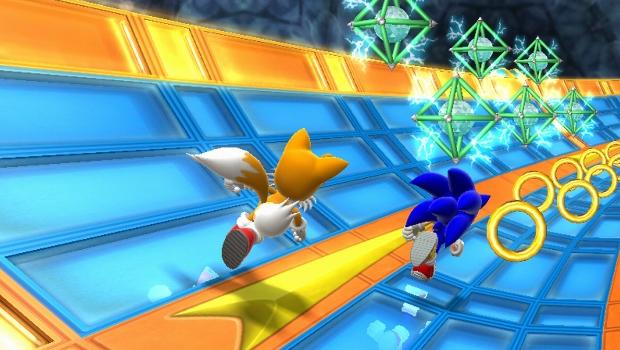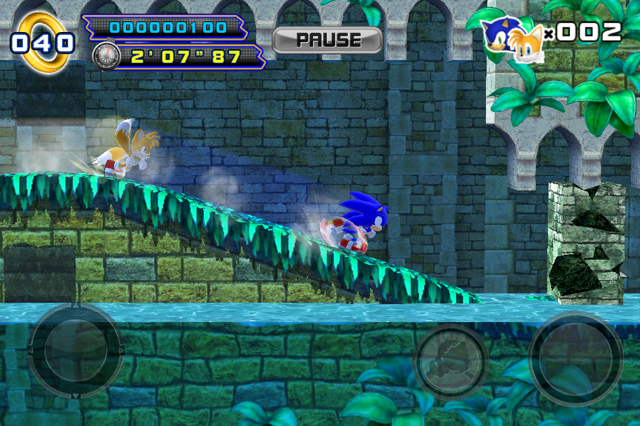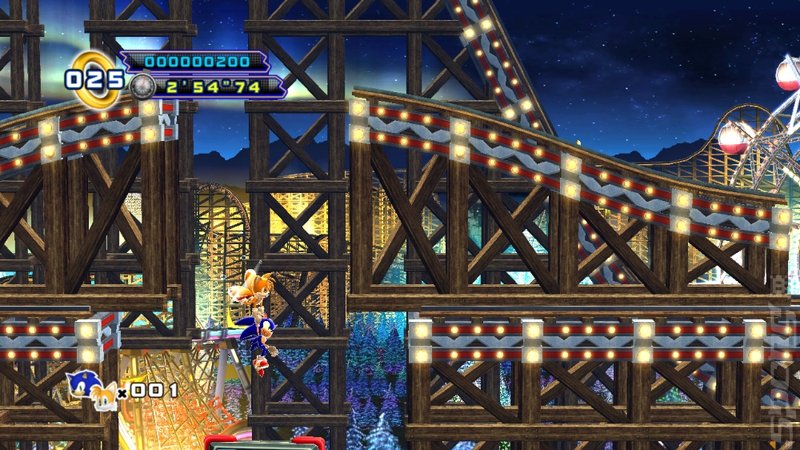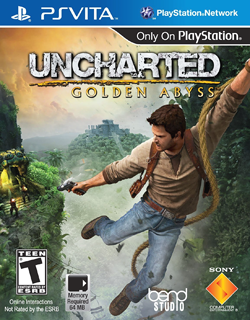The next installment of the
Mario franchise took about 2 years with 10 people working on it with Shigeru Miyamoto as the director. Eventually around 1988,
Super Mario Bros. 3 debuted in Japan.

The game features Mario grabbing scepters from Bowser's children known as the Koopalings which was used to transform seven kings into animals. Then eventually, Bowser kidnapped Princess Toadstool and held her hostage at his fortress. It's up to Mario to travel to the eight worlds to save the day by defeating Bowser and the Koopalings, turning the kings back to normal, and saving the Princess.
 Super Mario Bros. 3
Super Mario Bros. 3 had taken everything that was great about the first two games and expanded it to something never seen before on the NES. There were 8 new worlds to explore each with a theme such as the desert level, the pipe level, the giant level, and leading up to Bowser's fortress. It also featured numerous ways of playing through the levels such as secret paths that would lead to the flutes that made you skip the worlds, scrolling levels, horizontal levels, vertical levels, and bounce pads that lead you to a level filled with coins to collect. There were a lot more powerups introduced in the game such as the raccoon suit gaining Mario the ability to fly, the frog suit letting Mario swim more easier, the Hammer Bros. suit that makes Mario throws hammers, the tanooki suit that makes Mario fly similar to the raccoon suit as well as transforms him into a stone statue, and the return of the fire flower, mushroom, and star.
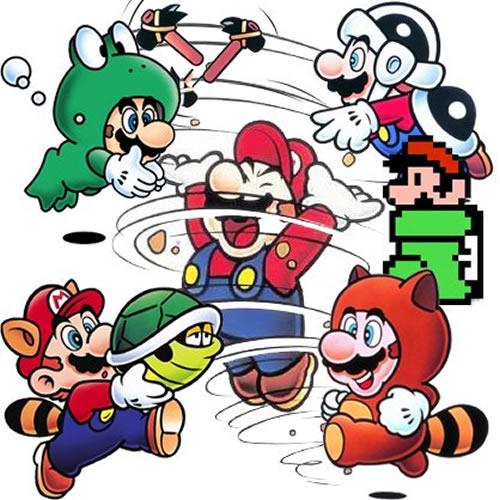
On the overworlds, there were mushroom houses where Toad would have 3 boxes and choosing one would grant you a different powerup. There were music notes where Toad would have a minigame where you had to match three pieces to make one powerup to gain 1-Ups while there were moving. Then there were Hammer Bros that had to be defeated where you would be rewarded with a powerup such as music to place the other Hammer Bros. to sleep while traveling the overworld, a P-Wing that'll grant Mario to fly for much longer, and a cloud that'll let you skip a level. Also there's a match game in which flipping two cards that matched will grant you either a powerup, a 1-Up, or coins.
Shigeru Miyamoto had given creative freedom to his developers when making
Super Mario Bros. 3. One developer created the Boo enemy based on his wife who would be shy in real life, but when least suspected, she would have a nasty temper. Miyamoto created the Chain Chomp enemy based on a dog held back on a chain that scared him as a child. The Koopalings were based on seven of the developers, but were named after the employees of Nintendo of America after musicians. Even the levels were designed in a way that made it look like it was a staged play from the cardboard bushes casting shadows, the platforms with screws showing, the levels ending with a black background, and opening of the game was a curtain lifting up. Miyamoto mentioned in an interview that he sees Mario and the other characters as a troupe of actors that can be put in numerous situations. In one game, they would be playing sports or driving carts. In another game, they would be in a platforming game.

Of course we cannot discuss about
Super Mario Bros. 3 without bringing up the movie
The Wizard that debuted in 1989. Despite the movie with a plot involving a gamer kid named Jimmy who wants to go to California alongside with his brother and friend, everyone remembers the scene where
Super Mario Bros. 3 was revealed in the video game tournament that Jimmy competed in. It was the first time that Americans were introduced to the game since it had not been released yet until a year later.
When it finally came out to the U.S. in 1990, it received critical acclaim from critics and gamers saying it was not only the best
Mario game released at that point, but it was the best NES game ever made. Even still to this day, people regard
Super Mario Bros. 3 as the best in the series and as one of the greatest games ever made. In my opinion, it certainly is an amazing game. It was the first
Mario game I've ever played and I have had fond memories of it trying my hardest to pass through the levels. It was also a very influential game that would be a benchmark for the entire series. The inclusion of the overworld layout, the multiple powerups, the new enemies introduced, the minigames, the different themed levels, the music, and more makes this game very well regarded as a major step up from
Super Mario Bros. 2. While it's certainly not my favorite
Mario game, it's up there on the top 5. It's still a very fun game to play if you haven't checked it out yet.
That's all for now. Tune in next time as we take a break from the console games and towards Nintendo's first handheld, the Game Boy, to review
Super Mario Land.

Hope to see you around Old School Lane soon. Thanks for reading.
-Patricia













